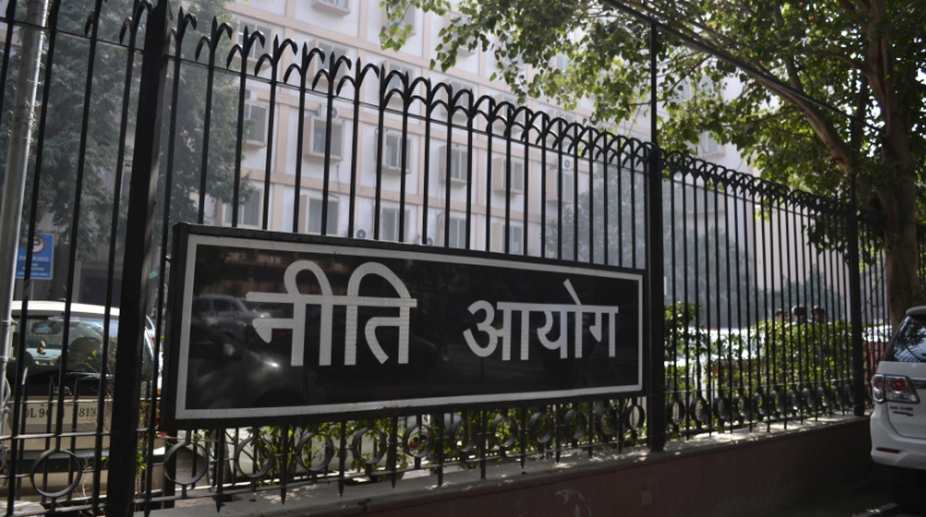India needs at least 1 mn fast chargers to adopt EVs by 2030: Amitabh Kant
The G20 sherpa and former NITI Aayog CEO, Amitabh Kant has said that India needs at least one million fast chargers to adopt electric vehicles (EVs) by 2030.

NITI Aayog (Photo: Twitter)
The curtain comes down on Indian Planning as the 12th Five-Year Plan (2012-17) concludes on Friday, ending the story that began with the 1951 launch of the First Five-Year Plan, formulated by the Planning Commission, newly set up under a Government Resolution on March 15, 1950.
Although the Planning Commission was replaced by NITI Aayog (National Institution for Transforming India) through another Government Resolution on 13 August, 2014, the 12th Five Year Plan was allowed to have its run up to 31 March, 2017.
The 12th Plan’s theme was “Faster, More Inclusive and Sustainable Growth,” after the 11th Plan’s theme of “Inclusive Growth.” The theme of every Five Year Plan was given by its Approach Paper approved by the National Development Council (NDC), headed by the Prime Minister, and including all Chief Ministers. The Approach Paper laid down major targets of the Plan, key challenges and the approach to be followed to achieve the objectives.
Advertisement
After the first Plan launch in 1951, the two subsequent Five Year Plans were formulated till 1965 when there was a break due to the
Indo-Pak conflict. Two successive years of drought, devaluation of the Rupee, price-rise and erosion of resources disrupted the planning process, and after three Annual Plans, the fourth Plan was launched in 1969.
The Plans were disrupted again in 1990 due to political developments, and there were two Annual Plans before the launch of the eighth Plan in 1992, which incorporated structural adjustment policies initiated by economic reforms. For the first eight Plans, the emphasis was on growth of the public sector, but from the ninth Plan launched in 1997, planning was meant to be indicative only.
Although the NITI Aayog was given the mandate to be the government’s Think Tank, free from the Planning Commission’s work of allocation of funds, and provide governments at the Central and State levels with relevant strategic and technical advice across a spectrum of policies, it was declared as the successor to the Planning Commission, and asked to continue with the Mid-Term Appraisal (MTA) of the 12th Plan.
A regular feature of all Plans, the MTAs determine how far the physical and financial targets of a Plan have been achieved, and what could be the “Way Forward” to make up for the shortfalls. The Parliamentary panel which studied NITI Aayog’s budgetary demands recently expressed concern that the Aayog had not concluded the MTA exercise.
The best scenario target of GDP growth in the 12th Plan was eight per cent but this, it said, depended on certain policy actions and
Government initiatives. Preliminary reviews showed that the GDP growth target was unlikely to be achieved.
While the Planning Commission was envisaged as a mechanism to realize dreams and aspirations of a nation, just free from colonial rule, and draw up Plans for the most efficient use of its scarce resources, the NITI Aayog, constituted on 1 January, 2015, is also working on its three Vision Documents ~ a 15-year long-term Vision Document , a sevenyear Strategy (2017-24) to convert the long term Vision into implementable policy, and a three-year Action Document (2017-2020) to translate into actions the Government’s goals.
Advertisement